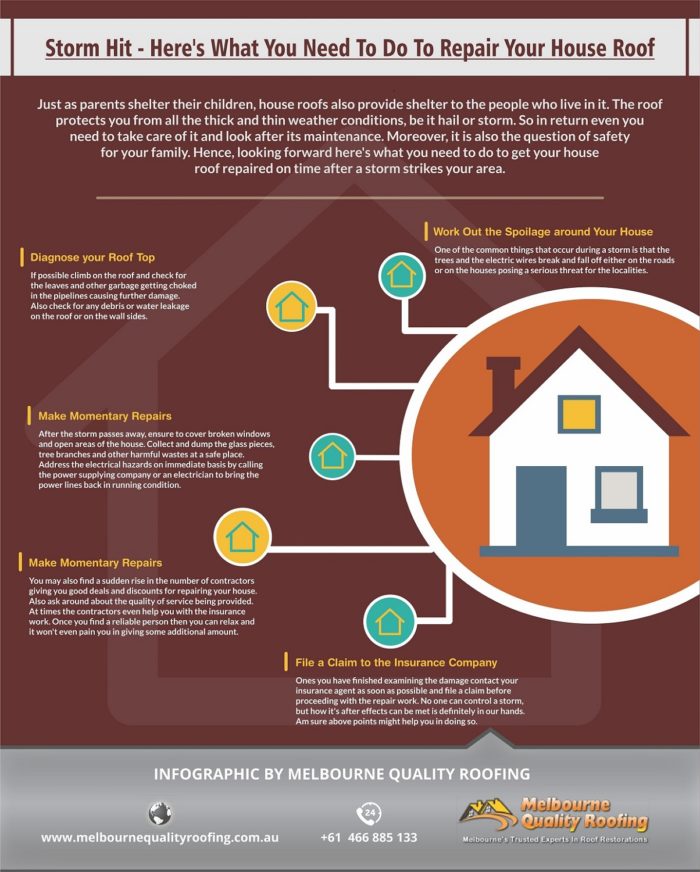Solar Energy Vs. Standard Energy Resources: A Thorough Contrast
Solar Energy Vs. Standard Energy Resources: A Thorough Contrast
Blog Article
Produced By-Kirkeby Blum
When assessing the stability of solar energy versus standard energy sources, you may find yourself considering the long-term sustainability and effect on your funds. The detailed equilibrium in between initial expenses, ongoing costs, and ecological ramifications increases crucial questions about the future of power generation. As you navigate via the complexities of this comparison, a deeper understanding of the nuances in cost-effectiveness, environmental stewardship, and energy safety and security awaits expedition.
Cost-Effectiveness Contrast
When contrasting the cost-effectiveness of solar energy with typical energy sources, it ends up being obvious that first financial investment differences play a critical duty in establishing long-term savings.
While solar power systems require a greater ahead of time investment for installation and tools, they provide substantial lasting advantages that can exceed the preliminary expenses. The crucial hinge on understanding that solar energy systems have minimal continuous functional and maintenance costs contrasted to conventional power sources like nonrenewable fuel sources.
By purchasing solar energy, you can potentially reduce utility bills over the system's lifespan. In addition, with innovations in modern technology and decreasing installment expenses, solar energy has become more obtainable and inexpensive for house owners and services alike. These cost savings can build up with time, providing a roi that surpasses traditional energy resources.
Furthermore, solar power systems use the advantage of energy self-reliance and stability versus fluctuating utility rates. By using the power of the sunlight, you add to a cleaner setting and lower your carbon impact. Embracing solar power not just advantages your wallet however likewise the world in the long run.
Environmental Impact Analysis
Solar power presents an encouraging option to conventional energy sources due to its considerably lower environmental impact. Unlike nonrenewable fuel sources that emit damaging greenhouse gases and contribute to air contamination, solar energy creates power without creating any emissions.
https://www.bbc.com/future/article/20221116-the-floating-solar-panels-that-track-the-sun of utilizing solar energy includes recording sunlight with photovoltaic panels, which does not release any kind of toxins right into the atmosphere. largest solar companies of emissions helps in reducing the carbon footprint connected with energy production, making solar energy a cleaner and more sustainable option.
In addition, making use of solar power contributes to preservation efforts by minimizing the demand for limited sources like coal, oil, and gas. By depending on the sun's plentiful and renewable energy resource, we can assist preserve natural environments, shield ecological communities, and reduce the adverse effects of source removal.
Integrity and Energy Landscape Evaluation
For a detailed analysis of integrity and the energy landscape, it's essential to assess exactly how solar energy contrasts to traditional sources. Solar energy is picking up speed as a trusted and lasting power source. While conventional sources like coal, oil, and gas have actually been historically dominant, they're finite and add to environmental destruction.
Solar energy, on the other hand, is bountiful and sustainable, making it an extra lasting choice over time.
In regards to dependability, solar power can be dependent on climate condition and sunlight schedule. Nevertheless, developments in technology have caused the growth of energy storage space services like batteries, boosting the integrity of solar energy systems. Standard resources, as a matter of fact, are at risk to cost fluctuations, geopolitical stress, and supply chain disturbances, making them much less reliable in the long term.
When evaluating the energy landscape, solar power uses decentralized power manufacturing, decreasing transmission losses and increasing power safety and security. Traditional sources, with their centralized nuclear power plant, are much more prone to disturbances and require substantial framework for circulation.
Final thought
Finally, when comparing solar power to standard power sources, it is clear that solar power offers a cost-effective, eco-friendly, and reputable option. With very little operational prices, possible financial savings on utility bills, and a substantially lower ecological influence, solar power is becoming a much more lasting and safe option. Welcoming solar power can help in reducing greenhouse gas exhausts and add to conservation initiatives, making it a compelling choice for the future.
